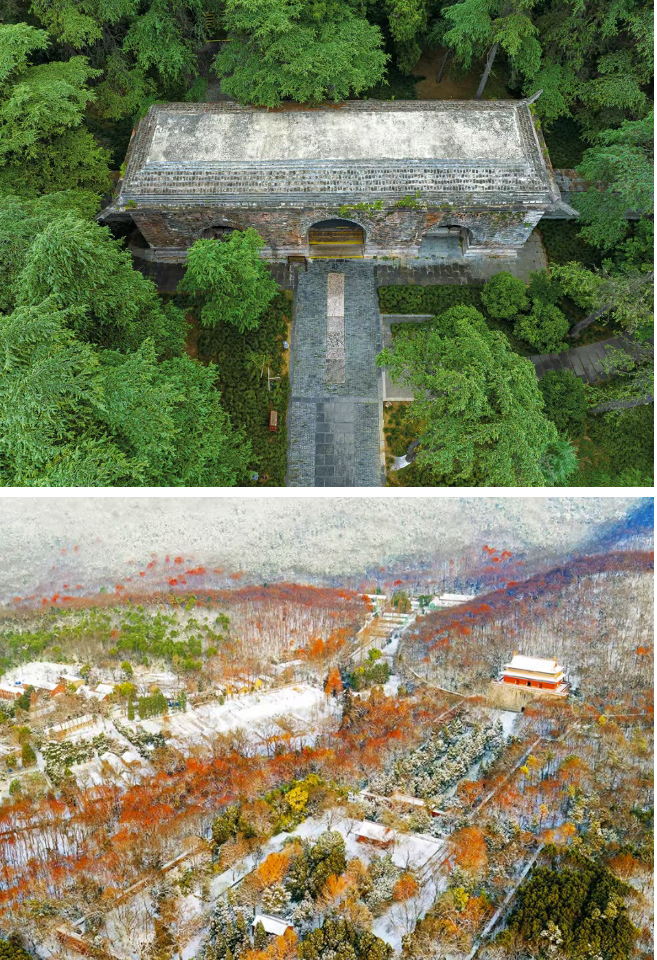



“孝陵气势压江东,万顷松涛动远空。”诗人田牧的这两句诗,把明孝陵的雄伟气势,壮观景致,描写得淋漓尽致。
“The Ming Tomb stands grand over the eastern land; its countless pines roar like waves, shaking the sky so grand.” In just these two lines, poet Tian Mu masterfully conveys the imperial Xiaoling Mausoleum’s overwhelming majesty and breathtaking grandeur.
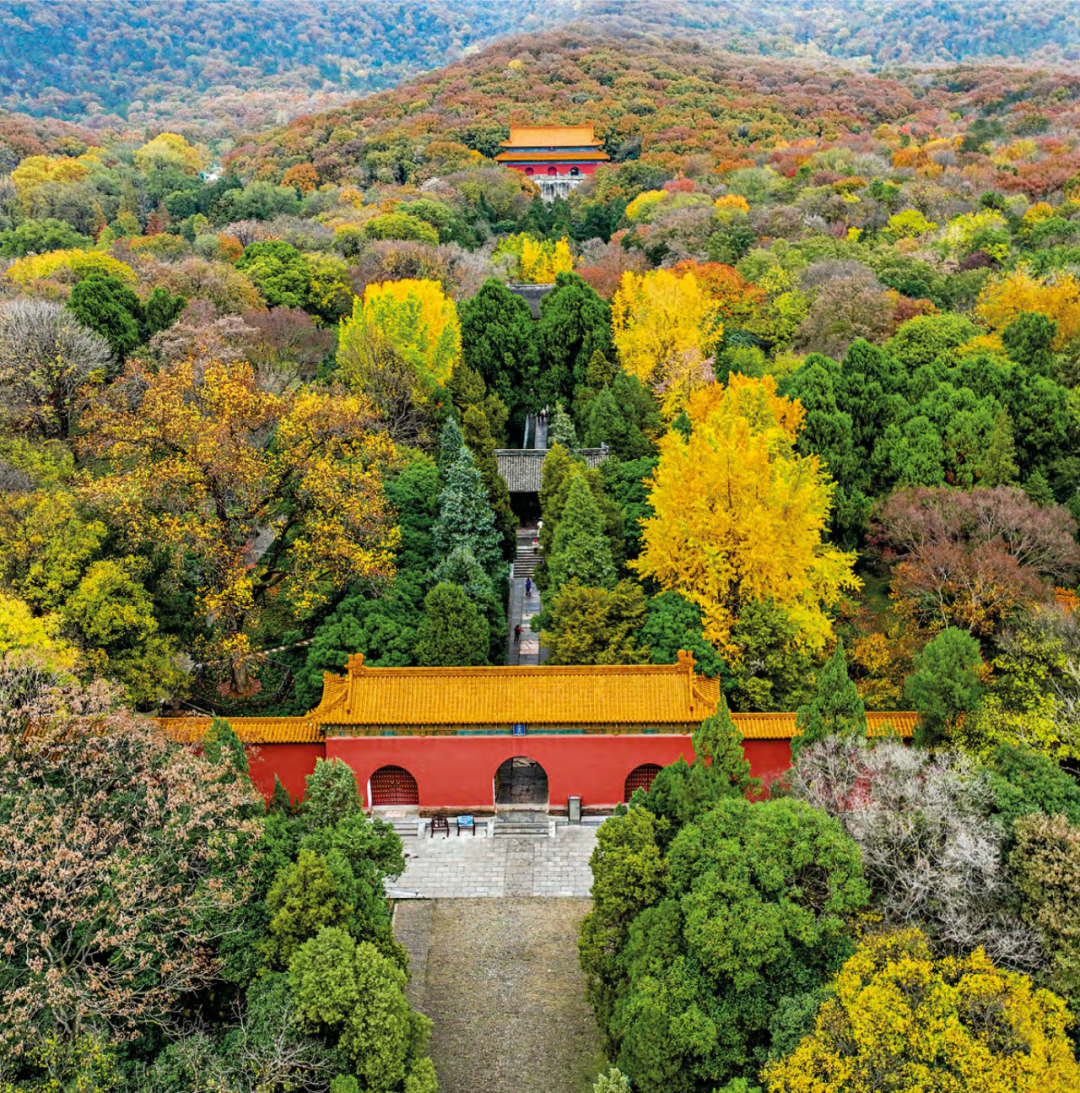
明孝陵,是明朝开国皇帝朱元璋与皇后马氏的陵寝,始建于公元1381年,位于钟灵毓秀的钟山“怀抱”之中,周围山环水绕,人文与自然景观交相辉映,浑然天成。
Located at the foot of Nanjing’s verdant Zhongshan Mountain, imperial Xiaoling Mausoleum is the final resting place of Zhu Yuanzhang, the founding emperor of the Ming dynasty (1368-1644) and his wife, Empress Ma. Embraced by mountains and surrounded by water, the mausoleum merges natural beauty with architectural splendor in perfect harmony.
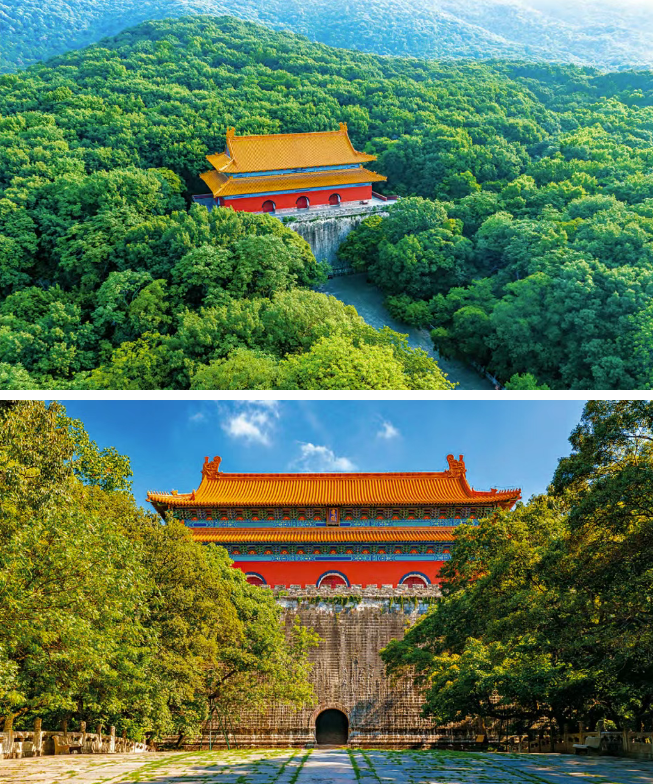
作为明代的一项国家工程,明孝陵的建造跨洪武、建文、永乐三朝,时间延续近40年,开启了明清的帝陵制度。从整个中国明清皇家陵寝的体制性的开创,到它蕴含的中国传统“天人合一”的理念和风水思想,到它有序的空间格局,再到它的建筑本身,用砖、用瓦、用石、雕刻等,都是非常精美的。
Construction of the mausoleum began in 1381 and spanned nearly 40 years, extending across the reigns of three emperors—Hongwu, Jianwen, and Yongle. As a national project of the early Ming dynasty, it laid the foundation for the imperial tomb system that would be adopted throughout both the Ming and Qing dynasties. From its pioneering layout and architectural design, to its reflection of the traditional Chinese philosophies of harmony between humanity and nature as well as feng shui, the mausoleum stands as a milestone in the evolution of royal tomb construction. Every detail—from the use of bricks, tiles, and stone to the precision of its carvings—shows exquisite craftsmanship.
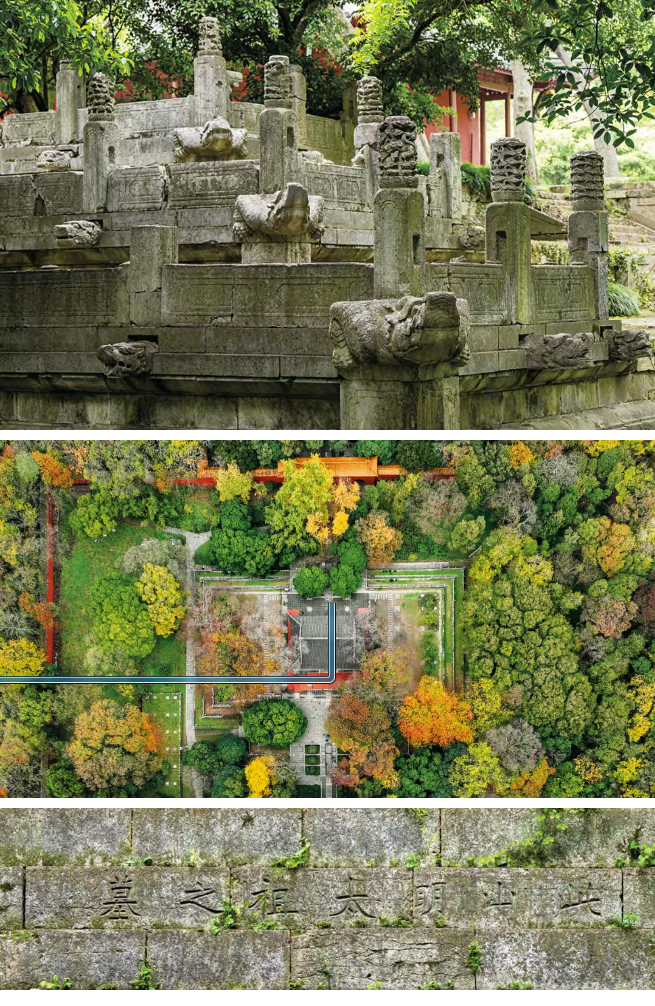
尽管经历了600多年的沧桑,但陵寝的格局仍保留了原恢宏的气派,地下墓宫完好如初。陵区内的主体建筑和石刻有方城、明楼、宝城、宝顶,包括下马坊、大金门、神功圣德碑、神道、石象路石刻等,都是明代建筑遗存,保持了陵墓原有建筑的真实性和空间布局的完整性。
Though more than 600 years have passed, the layout of the imperial Xiaoling Mausoleum still preserves its original grandeur. The underground burial chambers remain untouched, and many of the key structures and stone carvings—such as Rectangular Citadel, the Ming Tower, the Treasure Mound, Precious Dome, as well as the Xiamafang, Great Golden Gate, Sacred Virtue Stele, the Sacred Road, and the stone sculptures along the Shixiang Road—have survived through hundreds of years. Together, they retain the authenticity of the mausoleum’s architectural features and the integrity of its spatial arrangement.
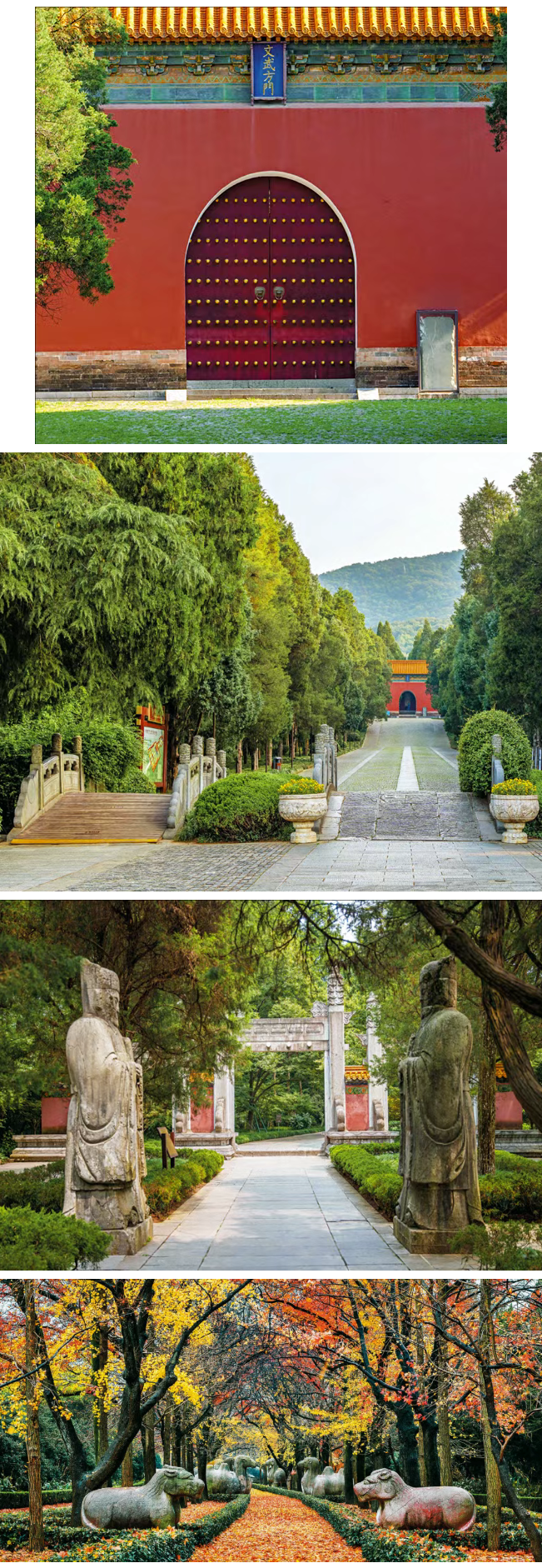
明孝陵是中国传统文化、建筑艺术和自然环境相结合的典范,其陵寝制度承前启后、独创新规,为其后500多年的明清两代帝陵所沿用,在中国古代帝陵制度史上具有里程碑式的地位。梁思成曾评价道:“明代陵寝之制,自太祖营孝陵于南京,迥异古制,遂开明清两代帝陵之型范。”早在1961年,明孝陵就被列为全国第一批重点文物保护单位。
The imperial Xiaoling Mausoleum is a remarkable example of the harmonious integration of traditional Chinese culture, architectural artistry, and natural landscape. It marked a turning point in the evolution of imperial mausoleums—bridging past traditions with innovative designs—and set the standard followed by royal tombs of the Ming and Qing dynasties for the next 500 years. In the history of ancient Chinese imperial tombs, it holds milestone significance. As renowned late architect Liang Sicheng said, “When Emperor Taizu built the Ming Tomb in Nanjing, it broke from ancient conventions and established the model for imperial mausoleums of both the Ming and Qing dynasties.” As early as 1961, the mausoleum was designated one of China’s first nationally protected cultural heritage sites.
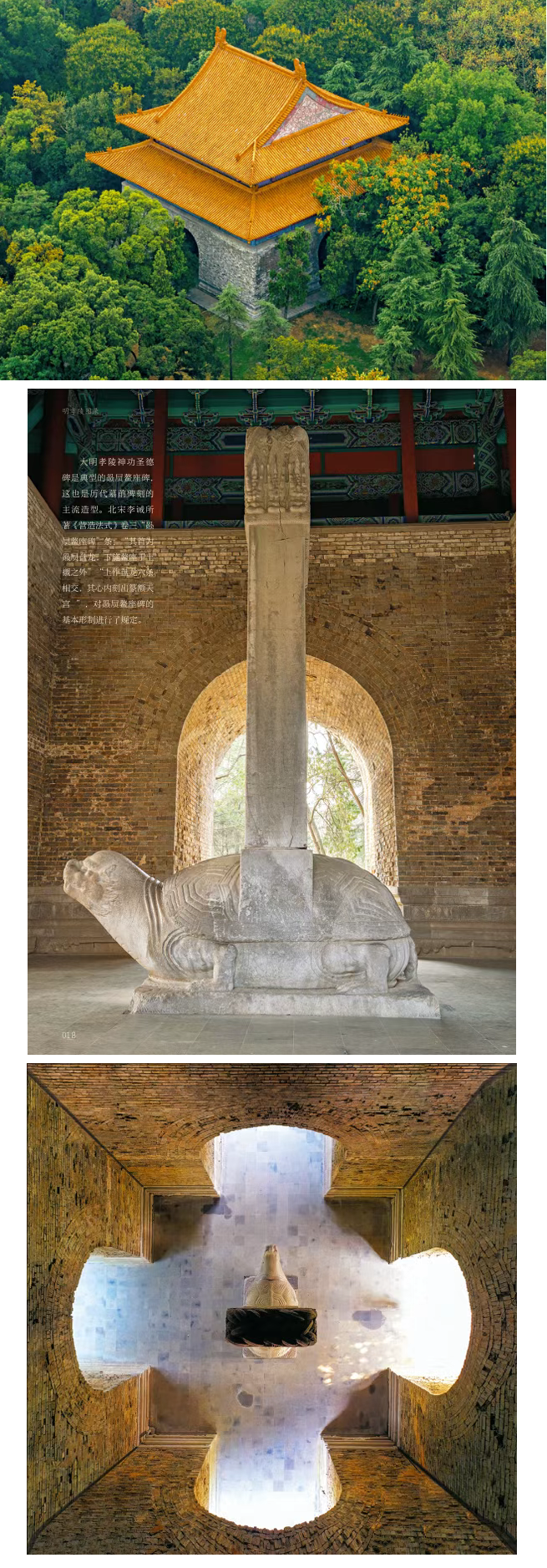
2003年7月3日,经联合国教科文组织世界遗产委员会第27届大会审议,南京明孝陵以其“独有的建筑体制、极高的历史地位、永恒的文化价值、完整的空间序列、优良的生存环境和周全的保护体系”赢得全票赞成,作为“中国明清皇家陵寝”扩展项目,正式列入《世界遗产名录》,成为全人类共同的瑰宝,从而实现了南京世界遗产零的突破,也填补了中国“四大古都”唯独南京没有世界遗产的空白。
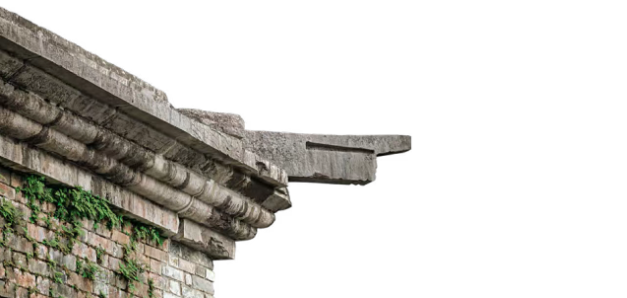
On July 3, 2003, the imperial Xiaoling Mausoleum in Nanjing was unanimously approved for inscription on the UNESCO World Heritage List during the 27th session of the World Heritage Committee. Recognized for its unique architectural system, outstanding historical significance, enduring cultural value, coherent spatial layout, exceptional natural setting, and comprehensive conservation efforts, it was included as an extension to the “Imperial Tombs of the Ming and Qing Dynasties” project. This marked Nanjing’s first World Heritage site, ending its absence from the list and completing the recognition of all four of China’s great ancient capitals as home to World Heritage landmarks.
